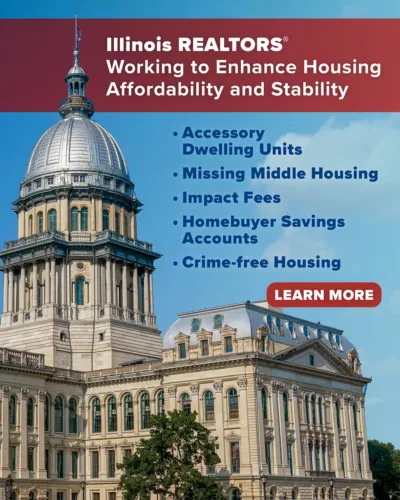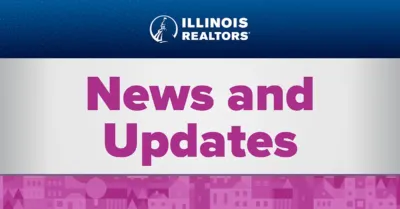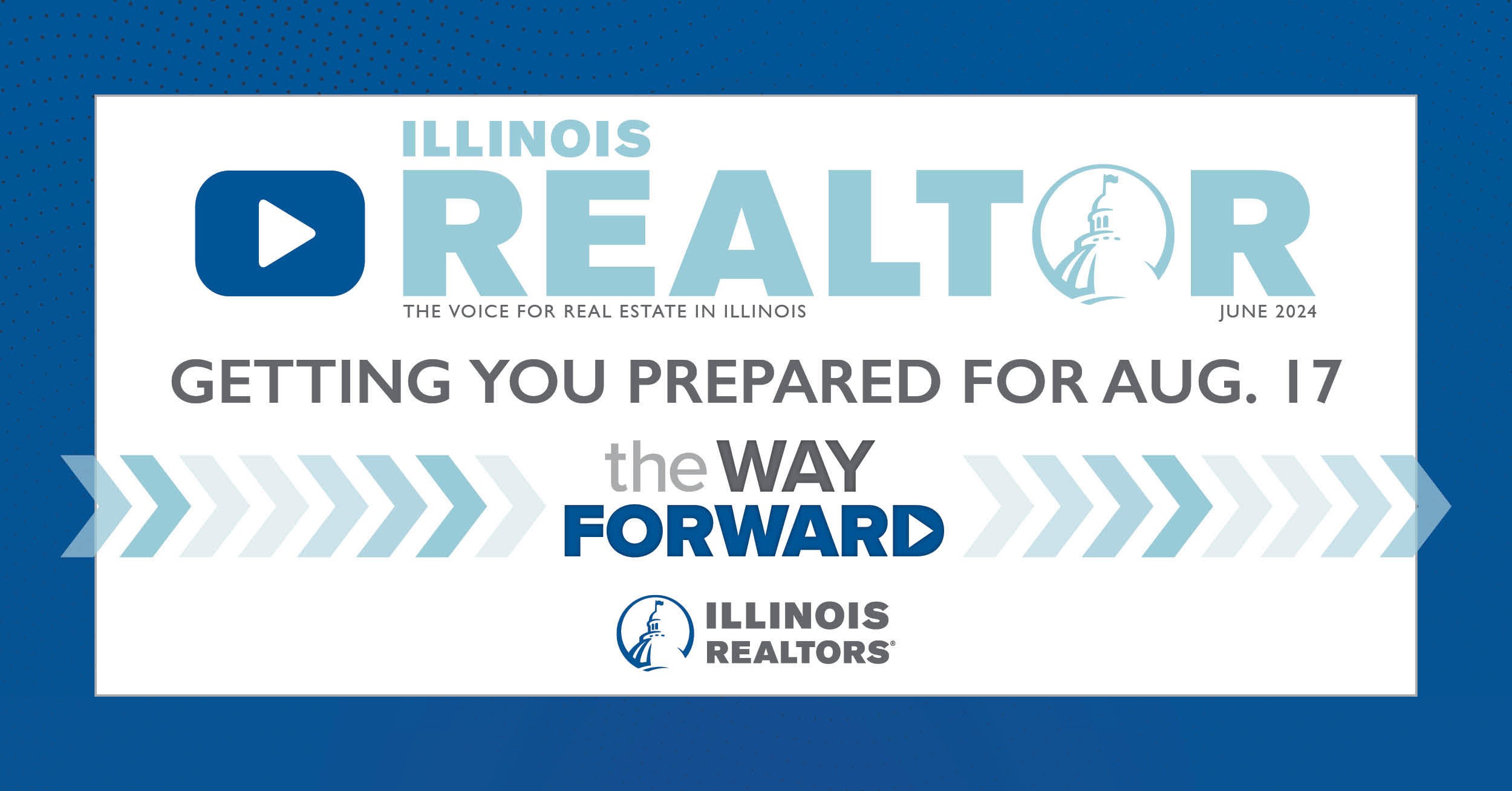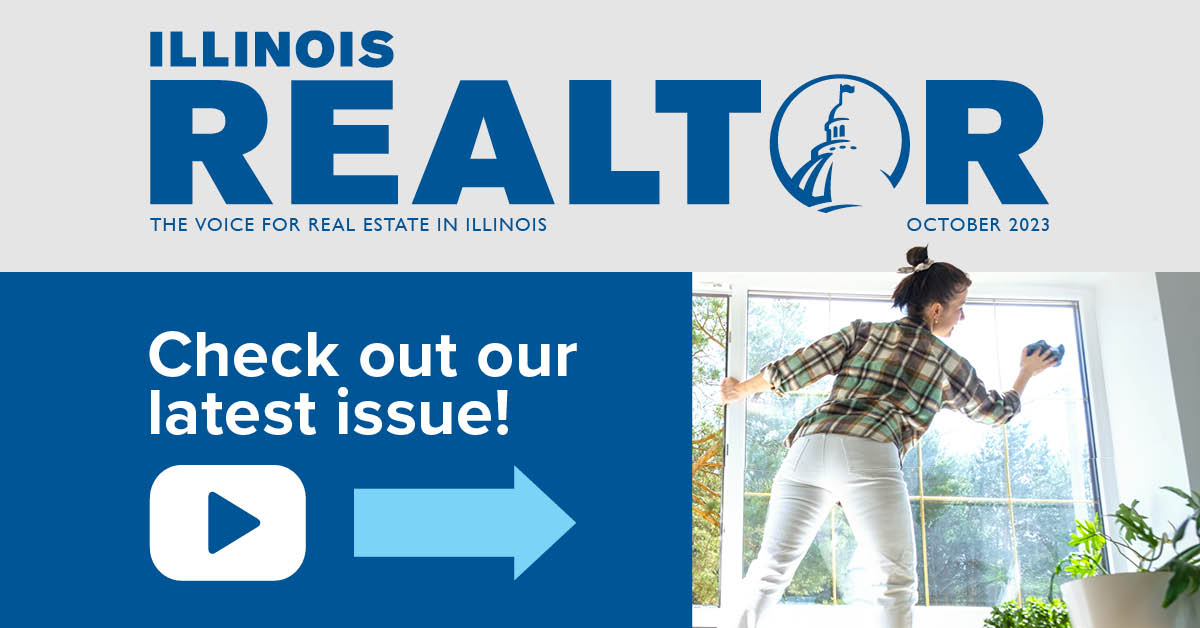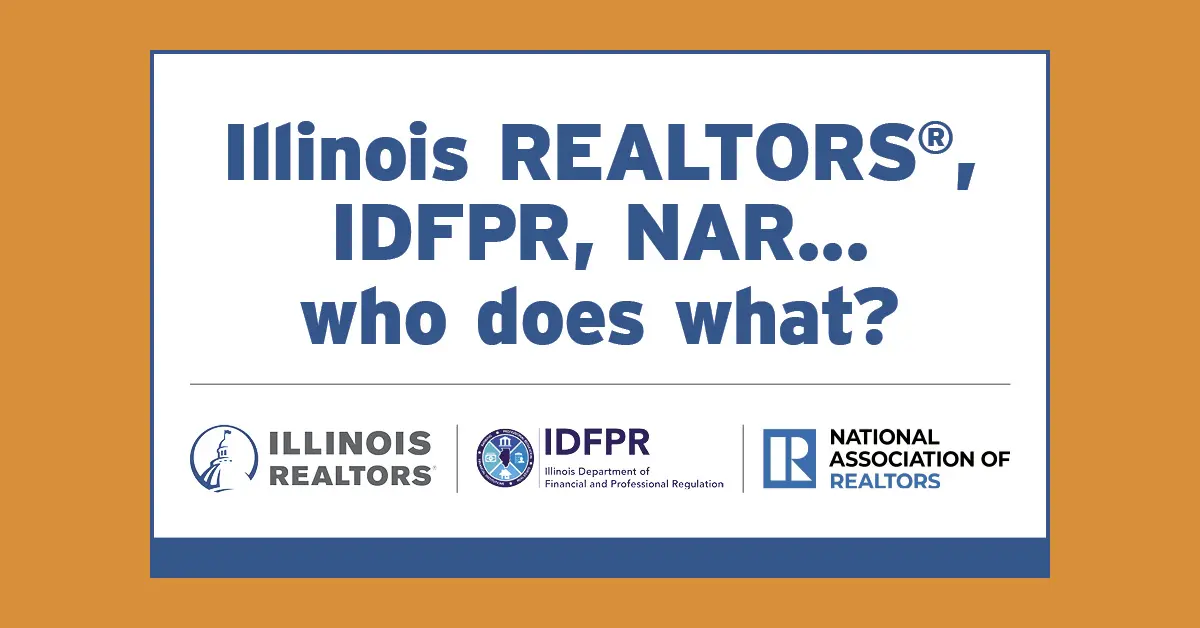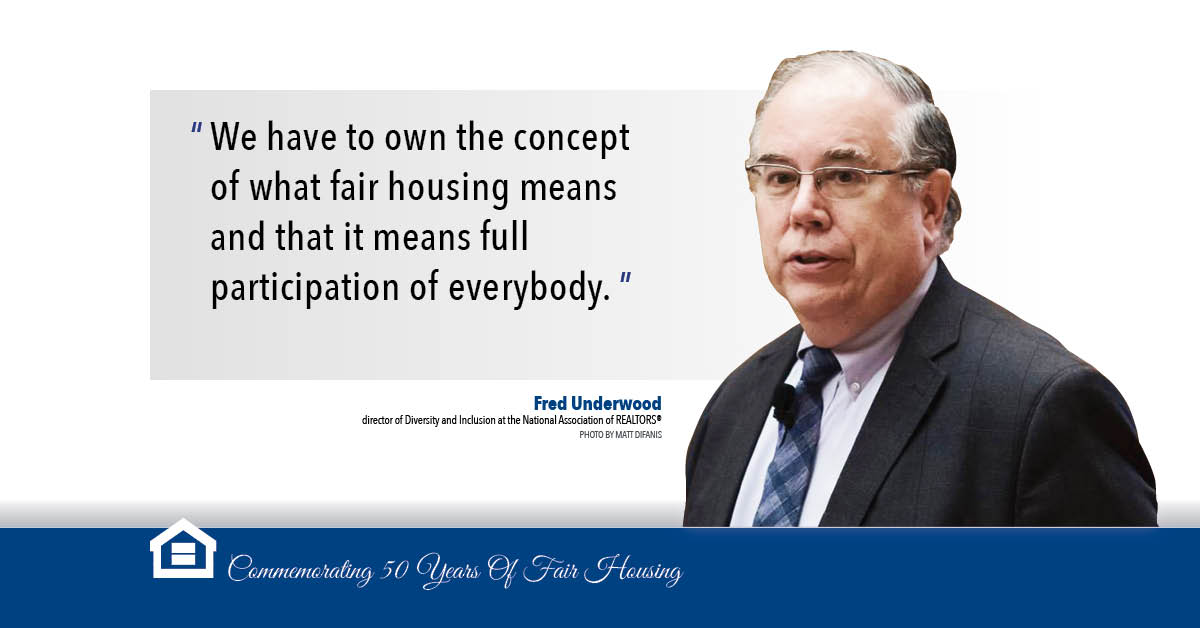
Fred Underwood – director of Diversity and Inclusion at the National Association of REALTORS® – PHOTO BY MATT DIFANIS
The journey from opposing fair housing policies to one where REALTORS® embrace them as a core value was a complicated, lengthy process, said a longtime housing activist.
As REALTORS® recognize the 50th anniversary of the Fair Housing Act and real estate’s commitment to upholding fair housing laws, it is important to look back at the industry’s history on equal access and its goals for the future, said Fred Underwood, NAR’s director of diversity and inclusion.
“It’s important because we’ve evolved,” Underwood said. “We’ve changed from opposing these principles of equal opportunity to supporting them, and this shift is really the story.”
The push for fair housing and allowing people to live where they wanted regardless of their race, gender or other status faced opposition from many, including those in the real estate industry. REALTORS® opposed “forced housing,” which was perceived to take away the right to choose who to sell or rent to, he said.
African American brokers had already founded the National Association of Real Estate Brokers in 1947 with a call for fair housing or “Democracy in Housing.”
As the movement for fair housing grew, the Chicago Freedom Movement invited Dr. Martin Luther King Jr to Chicago to march for open housing in Cicero and Marquette Park. In response, civic and business leaders created the Leadership Council for Metropolitan Open Communities, one of the nation’s early and influential fair housing organizations, Underwood said.
Despite the public commitment to housing equality, the Act signed days after King’s assassination, was largely toothless in the face of lax enforcement and community buy-in. Lawsuits alleging discrimination could be filed, but active, ongoing enforcement was still more than a decade away.
“It took a lot of people challenging the old assumptions,” Underwood said. “It took a lot of people bravely fighting. It took people selling homes to African Americans and others when they were ostracized by their colleagues in the business or in the community.”
Most early efforts focused on REALTOR® associations signing voluntary affirmative marketing agreements to encourage fair housing.
The REALTOR® organization didn’t just wake up one day and realize that it had been wrong on fair housing, Underwood said. Eventually, NAR and its REALTOR® members became proponents of fair housing and made adherence and education not only an integral part of being a REALTOR®, but also of staying one, Underwood said.
The fair housing fight is far from over. Discriminatory practices are now more subtle, Underwood said. It can be as simple as offering a higher level of service to a white client or steering someone from a particular demographic background to properties in certain neighborhoods.
More work still must be done and all REALTORS® have a stake in making sure that happens, Underwood said.
“We have to own fair housing,” he said. “We have to own the concept of what fair housing means and that it means full participation of everybody…in the real estate market, in the housing market.”


